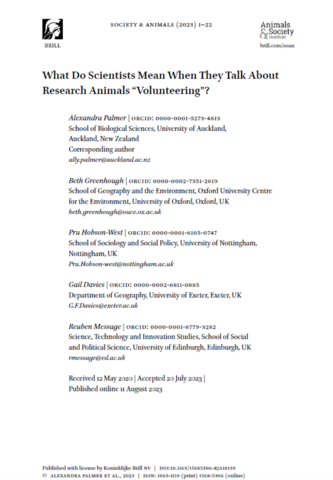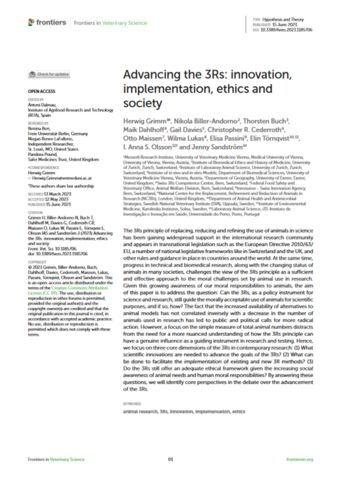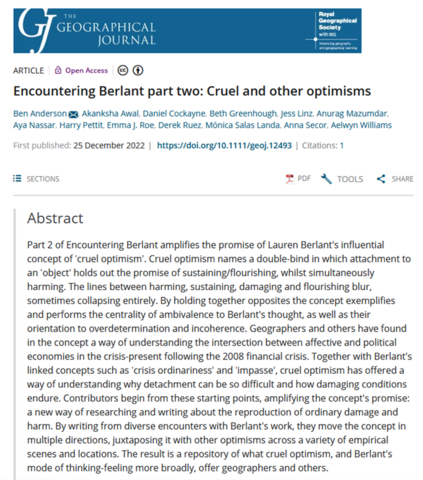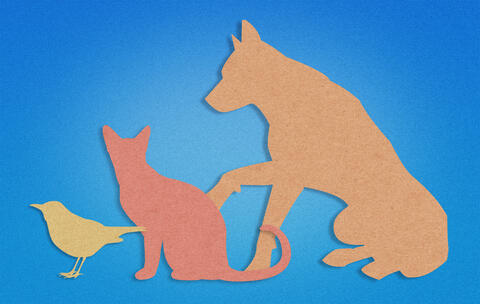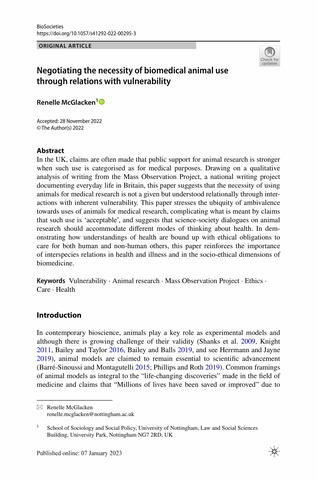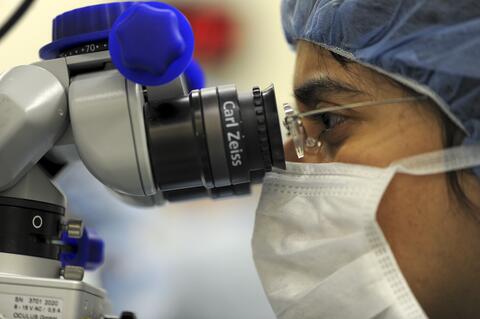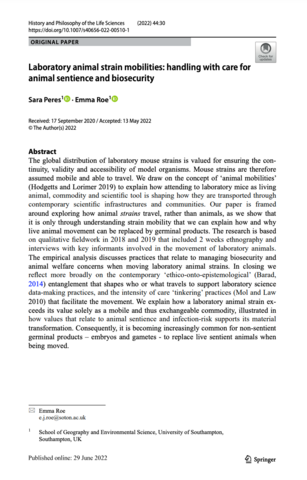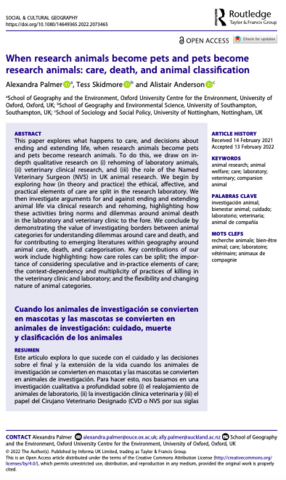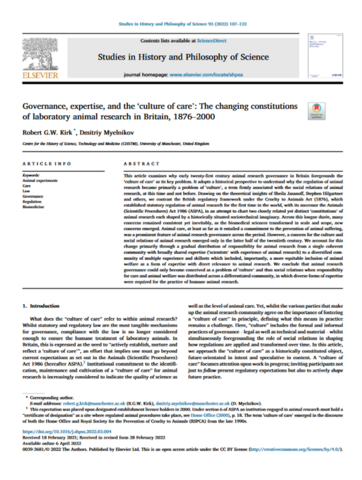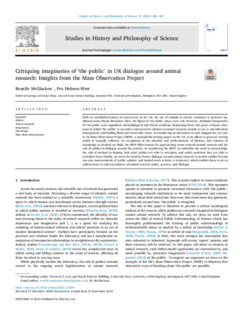Publications: Papers
The paper builds on earlier an earlier blog by Ally Palmer called 'Can animals volunteer to participate in research?' We use the questions rasied by Ally to examine together the different ways that scientific researchers talk about animals' volunteering in research papers and reflect on the ethical importance of this discourse.
This article emerges out of the work of the The Swiss National Research Programme “Advancing 3R” (NRP 79). It features contributions from AnNex team member and NRP Steering Committee member Professor Gail Davies. The paper embodies and develops many of the aspirations of the AnNex programme in stating that: "Looking at the debate on advancing 3Rs from this angle, the humanities and social sciences are not the fifth wheel: they are as important as natural science and biomedicine in the project of advancing implementation of the 3Rs and developing the 3Rs themselves."
Beth and Emma contributed a short piece on how American political theorist Lauren Berlant's concept of 'cruel optimism' can be thought with in relation to animal research.
Two Worlds in One: What ‘Counts’ as Animal Advocacy for Veterinarians Working in UK Animal Research?
The concept of advocacy is of increasing importance to the veterinary profession internationally. However, there are concerns around the ambiguity and complexity of acting as an advocate in practice. This paper explores what ‘animal advocacy’ involves for veterinarians working in the domain of animal research, where they are responsible for advising on health and welfare.
In the UK, claims are often made that public support for animal research is stronger when such use is categorised as for medical purposes. Drawing on a qualitative analysis of writing from the Mass Observation Project, a national writing project documenting everyday life in Britain, this paper suggests that the necessity of using animals for medical research is not a given but understood relationally through interactions with inherent vulnerability. This paper stresses the ubiquity of ambivalence towards uses of animals for medical research, complicating what is meant by claims that such use is ‘acceptable’, and suggests that science-society dialogues on animal research should accommodate different modes of thinking about health. In demonstrating how understandings of health are bound up with ethical obligations to care for both human and non-human others, this paper reinforces the importance of interspecies relations in health and illness and in the socio-ethical dimensions of biomedicine.
The veterinary profession has been relatively understudied in social science, though recent work has highlighted the geographic dimensions of veterinary expertise. This paper draws on in-depth qualitative interviews with Named Veterinary Surgeons (NVSs) working in UK animal research to demonstrate how and why they distinguish between ethical aspects of veterinary work in the spaces of the laboratory and general clinical practice.
The global distribution of laboratory mouse strains is valued for ensuring the continuity, validity and accessibility of model organisms. Mouse strains are therefore assumed mobile and able to travel. In this paper, we draw on the concept of ‘animal mobilities’ (Hodgetts and Lorimer 2019) to explain how attending to laboratory mice as living animal, commodity and scientific tool is shaping how they are transported through contemporary scientific infrastructures and communities.
This paper explores what happens to care, and decisions about ending and extending life, when research animals become pets and pets become research animals. To do this, we draw on in- depth qualitative research on (i) rehoming of laboratory animals, (ii) veterinary clinical research, and (iii) the role of the Named Veterinary Surgeon (NVS) in UK animal research. Key contributions of our work include highlighting: how care roles can be split; the impor- tance of considering speculative and in-practice elements of care; the context-dependency and multiplicity of practices of killing in the veterinary clinic and laboratory; and the flexibility and changing nature of animal categories.
This article examines why early twenty-first century animal research governance in Britain foregrounds the ‘culture of care’ as its key problem. It adopts a historical perspective to understand why the regulation of animal research became primarily a problem of ‘culture’, a term firmly associated with the social relations of animal research, at this time and not before.
With an established history of controversy in the UK, the use of animals in science continues to generate significant socio-ethical discussion. Here, the figure of ‘the public’ plays a key role. However, dominant imaginaries of ‘the public’ have significant methodological and ethical problems. Examining these, this paper critiques three ways in which ‘the public’ is currently constructed in relation to animal research; namely as un- or mis-informed; homogenous; and holding fixed and extractable views. In considering an alternative to such imaginaries, we turn to the Mass Observation Project (MOP), a national life-writing project in the UK.
